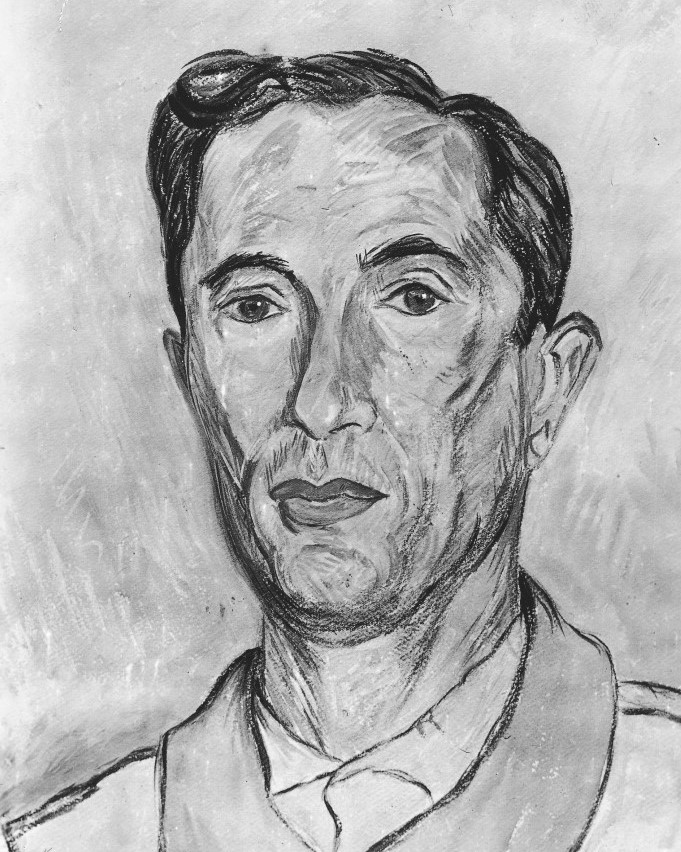Philippe HOSIASSON
Январь 2, 2019Max JACOB
Январь 2, 2019Давид ГОЙХМАН
ВЯТКА (УКРАИНА) 1900 – ДЕПОРТИРОВАН В 1942 Г.
Давид Гойхман вырос в штетле Богополя, рядом с Вяткой. Его отец, торговец зерном, дал трём своим сыновьям религиозное образование. Давид Гойхман читал Тору и погружался в духовный мир иудаизма. В 1919 году он уехал из России и отправился в Палестину, где прожил три года. Его страсть к живописи подтолкнула его к поездке в Париж, где он встретился с частью своей семьи, посту- пил в Школу изящных искусств и писал портреты и пей- зажи. Чтобы подработать, он ретушировал фотографи- ческие портреты.
Когда Гитлер пришёл к власти, сестра Давида Гойхмана предложила ему приехать к ней в США. Он отказался и был арестован в Виллербане 27 января 1941 года. Был интернирован в Компьене, переведён в Дранси. Там он устроил «выставку» своих рисунков и работ Изиса Кишки и Жака Готко. 11 сентября 1942 года Давид Гойхман был депорти- рован и убит нацистами.
Stories of Jewish Artists of the School of Paris 1905-1939
FRENCH-ENGLISH
Capitale des arts, le Paris des années 1905-1939 attire les artistes du monde entier. De cette période de foisonnement, un terme est resté, celui d'Ecole de Paris, qui recouvre une grande diversité d'expression artistique. Dans ce brassage dont Montparnasse est le creuset, un groupe se distingue : celui des artistes juifs venus de Russie, de Pologne et d'Europe centrale. Si leurs styles sont variés, un destin commun les rassemble : ils fuient l'antisémitisme de leur pays d'origine. Certains ont connu la célébrité dès les années 1920, tels Soutine, Lipchitz ou Chagall. D'autres n'ont pas eu le temps ou la chance d'y accéder. Près de la moitié a péri dans les camps de concentration nazis.
From 1905 to 1939, Paris attracted artists from all over the globe as the capital of the art world. This period of artistic proliferation became known as the School of Paris, and includes a great diversity of artistic expression. Within the teeming art world centred on Montparnasse, one group set itself apart: Jewish artists from Russia, Poland, and Central Europe. Although their styles were diverse, they shared the common fate of fleeing anti-Semitic persecutions in their home countries. Some became famous in the 1920s, such as Soutine, Lipchitz, and Chagall, while others did not have the time or the luck to gain renown. Nearly half of these artists died in Nazi concentration camps.





